UPDATE ASA UK Allow BT to Describe FTTC as “Fibre Optic” Broadband
The Advertising Standards Authority (ASA) has once again ruled that it’s perfectly fine for ISPs to describe hybrid-fibre broadband connections, such as those based off BT’s ‘up to’ 80Mbps capable Fibre-to-the-Cabinet (FTTC) technology, to describe such services as “fibre optic” even though they can also involve a significant amount of slower copper cable.
The issue of whether or not hybrid-fibre (FTTC, Cable DOCSIS etc.) broadband services, which can be significantly slower than true fibre optic (FTTP/H) connections that are able to deliver Gigabit speeds, can also be described as “fibre optic” is by no means a new one to these pages.
In fact the ASA has previously ruled on a similar case against Virgin Media and found in favour of the ISP and not too long ago we also ran an editorial to help explain some of the issues – Will the Real Fibre Optic Broadband Service Please Stand Up. So it’s with no significant shock that we read the ASA has now rejected a similar complaint against an advert for the FTTC based BTInfinity product.
In short, two people complained to the ASA that a poster and website advert for the BTInfinity packages were “misleading” because in both the service was described as “fibre optic“. Crucially the complainants noted that the packages were based off FTTC and not FTTP technology, although BT does offer true fibre optic FTTP options under the less visible but faster BTInfinity 3 and 4 options (only a tiny minority can access those).
BT responded to point out that its own FTTP service was available to 144,000 premises or a footprint of about 0.7% on BTOpenreach’s “fibre broadband” network (i.e. FTTC and FTTP, with FTTC currently holding around 21 million premises). BT considered that the “lack of presence and profile of FTTP broadband meant it was extremely unlikely that consumers would expect that a service promoted as “fibre optic” was FTTP“.
As expected, the ASA ultimately ruled in BT’s favour with the following reasoning, which due to the gravity of this debate we’ll paste in full.
ASA Ruling (Ref: A14-263509)
The ASA understood that almost all of BT Openreach’s fibre optic network, which was used by BT as well as most other broadband providers, comprised fibre optic cable from the telephone exchange to the street cabinet, and copper cable from the cabinet to customers’ homes. Such connections were known as fibre-to-the-cabinet, or ‘FTTC’ broadband. Signals sent over copper cables were much slower, and the overall speeds achievable by FTTC broadband connections were therefore affected by the length and quality of copper cabling used. A very small proportion of the fibre optic network used by BT comprised fibre optic cable all the way into consumers’ homes (fibre-to-the-premises/property, or ‘FTTP’ broadband). FTTP broadband could deliver significantly faster connection speeds than FTTC broadband because the connections did not use any copper cable. We understood that BT’s “Infinity” branded broadband products, which were referred to as “fibre optic” in the ads and which delivered speeds of a minimum of “Up to 38Mb”, were generally supplied through FTTC connections, although they also included connections supplied via FTTP.
According to Ofcom research figures published in August 2014 almost 100% of UK premises had access to standard ‘ADSL’ broadband, which was delivered through copper telephone cables only. ‘Superfast’ broadband (which typically used FTTC, FTTP or Virgin Media’s cable network of fibre optic and co-axial cable) was available to 78% of premises in the UK. However, we understood from Ofcom’s figures that although take-up of superfast broadband connections had increased year-on-year, only 26.7% of broadband connections were superfast. We understood Ofcom did not have figures available as to the relative composition of FTTP compared to FTTC, either in terms of availability or actual take-up by consumers. We noted BT’s estimate that FTTP availability probably accounted for only 1.5% of total fibre optic broadband availability.
Ofcom research from 2013 showed that consumers who had upgraded to a superfast connection most often cited value for money, speed of downloads, faster speeds compared to their previous service, and good simultaneous performance on different devices as reasons for upgrading. We noted that in 2013 the majority of consumers had access to superfast broadband of at least one type, but the majority of those with broadband connections instead continued to use ADSL connections. We therefore understood that the primary market for companies such as BT which supplied superfast broadband was consumers who continued to use ADSL broadband. We therefore considered that most consumers who responded to ads (a) and (b) were likely to be interested in switching from ADSL to superfast connections.
In that context we considered that consumers who might be interested in “fibre optic” broadband of one sort or another would primarily be concerned with the improved speed and performance which could be delivered in comparison to an ADSL connection, and the cost at which that service could be obtained, rather than being concerned with obtaining the most technologically advanced fibre optic product available at any cost.
We therefore considered the use of the term “fibre optic” to denote a broadband connection which primarily comprised fibre optic cable whilst including non-fibre optic cable as a small proportion of the overall connection was unlikely to mislead the average consumer. We concluded the ads did not breach the Code.
Make of that what you will. But it’s interesting to note that in some areas a street cabinet can be very close to its primary telephone exchange, which might mean the copper cable to some premises may actually be longer than the fibre optic from the cabinet to exchange. In those situations would the ASA’s conclusion still apply? Perhaps that’s one for somebody to complain about in the future.
UPDATE 12:56pm
Naturally Hyperoptic, which is rolling out a true fibre optic broadband network across 12 UK cities, has been quick to chime in with a comment.
Boris Ivanovic, Chairman of Hyperoptic, said:
“ASA’s ruling that BT can advertise its Fibre-to-the-Cabinet product as ‘fibre optic’ is going to compound consumer confusion. Advertising its product as ‘fibre’ is deeply misleading, as BT’s true fibre product is only available through 0.7% of its network.
There is a fundamental difference between Fibre-to-the-Cabinet and ‘fibre’ broadband – Fibre-to-the-Cabinet broadband is still delivered over copper, which is why the service is unreliable, distance-dependent and subject to peak-time slowdowns. With true Fibre-to-the-Home broadband, speeds are faster, symmetric and reliable. The products and consumer experiences are completely different. ASA’s presumption that people looking for high-speed services are knowledgeable enough to know the difference is inaccurate – after all, BT’s advertising does not mention the speeds, it just focuses on the product being ‘superfast fibre optic broadband.’
Allowing this confusion to continue is also anti-competitive and detrimental to the providers that are offering Fibre-to-the-Home broadband services. There are a number of providers, including Hyperoptic, who are now offering true fibre services – differentiating the product and educating consumers is nigh-impossible when the industry monopoly is allowed to confuse the market.”
Mark is a professional technology writer, IT consultant and computer engineer from Dorset (England), he also founded ISPreview in 1999 and enjoys analysing the latest telecoms and broadband developments. Find me on X (Twitter), Mastodon, Facebook and Linkedin.
« SKY TV Users Offered 3 Months FREE Sky Broadband and Phone Test Drive
Latest UK ISP News
- FTTP (5513)
- BT (3514)
- Politics (2535)
- Openreach (2297)
- Business (2261)
- Building Digital UK (2243)
- FTTC (2043)
- Mobile Broadband (1972)
- Statistics (1788)
- 4G (1663)
- Virgin Media (1619)
- Ofcom Regulation (1460)
- Fibre Optic (1394)
- Wireless Internet (1389)
- FTTH (1381)



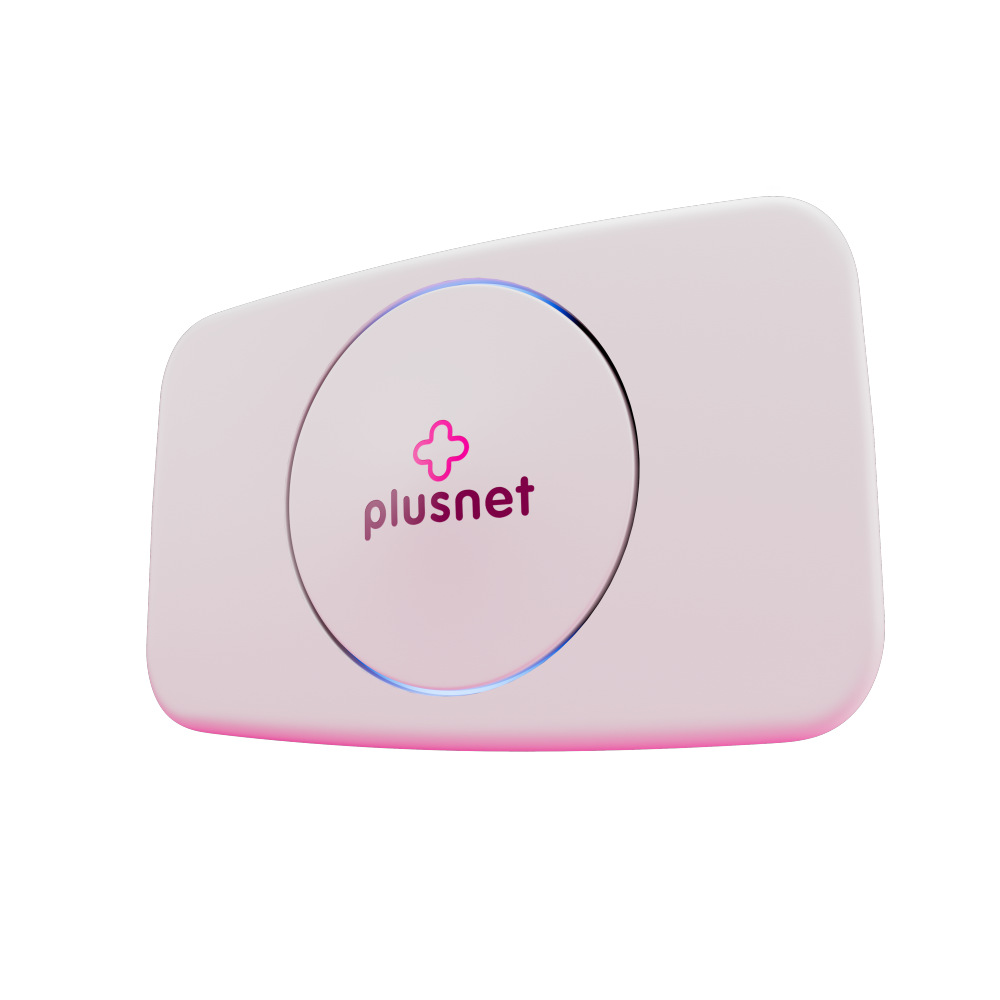
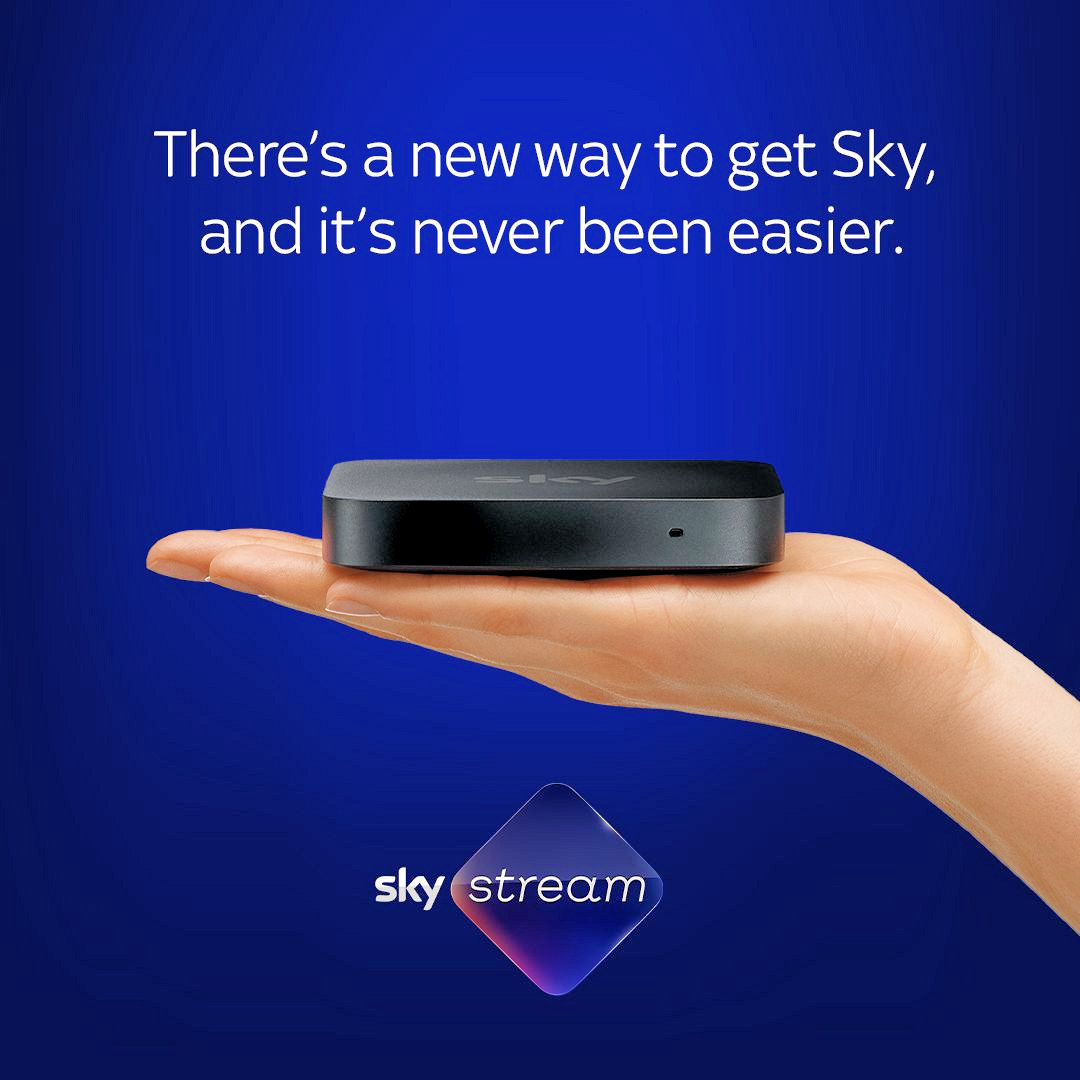
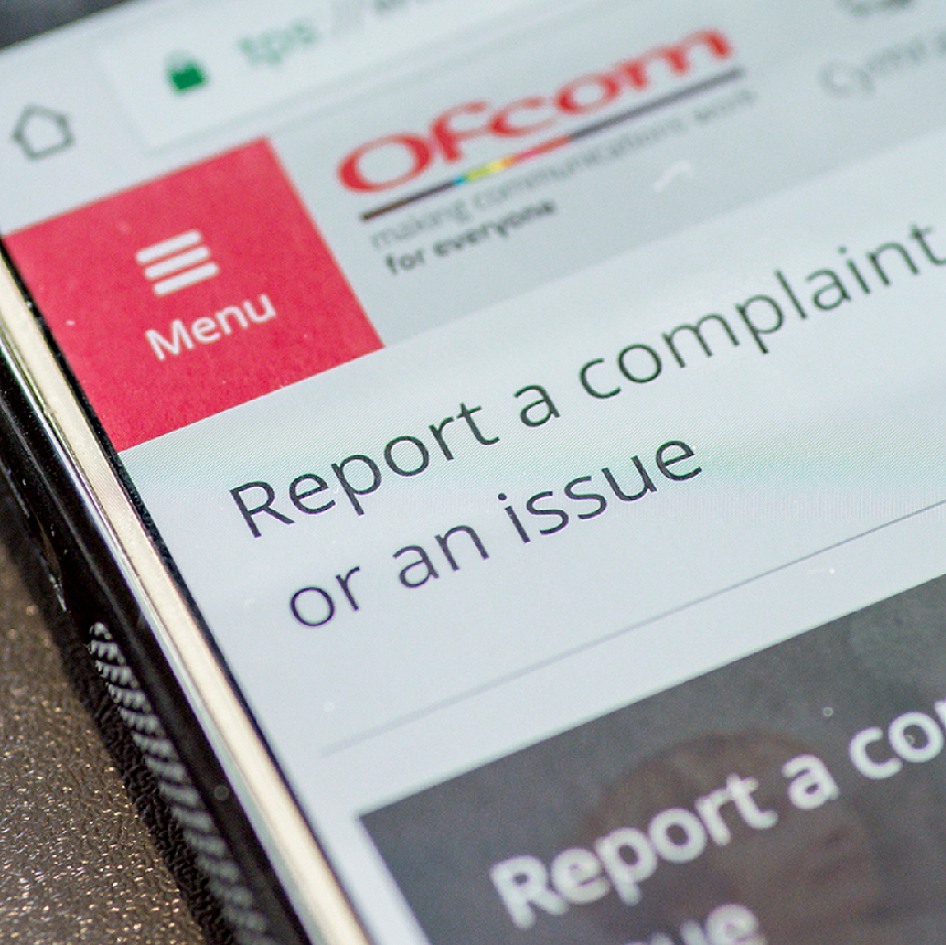










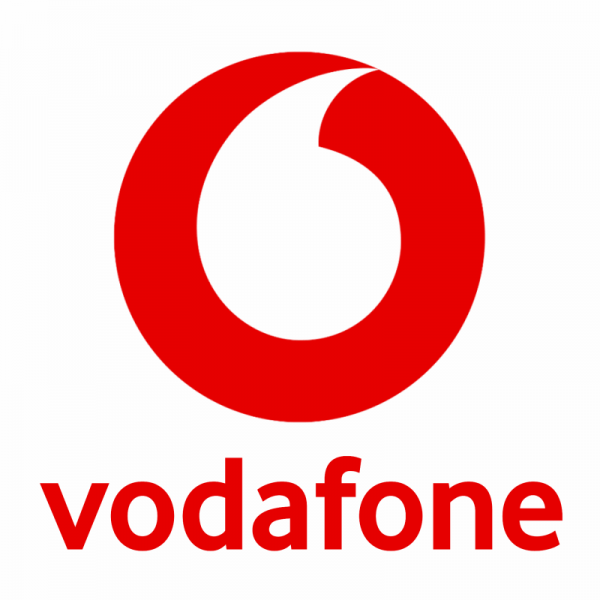




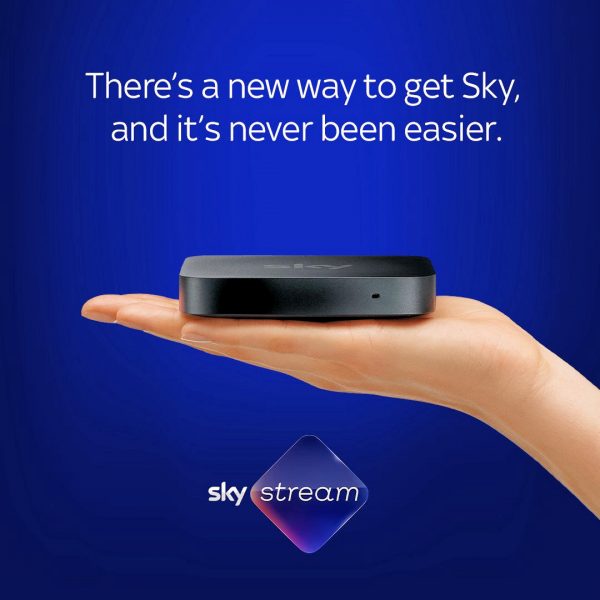


































Comments are closed